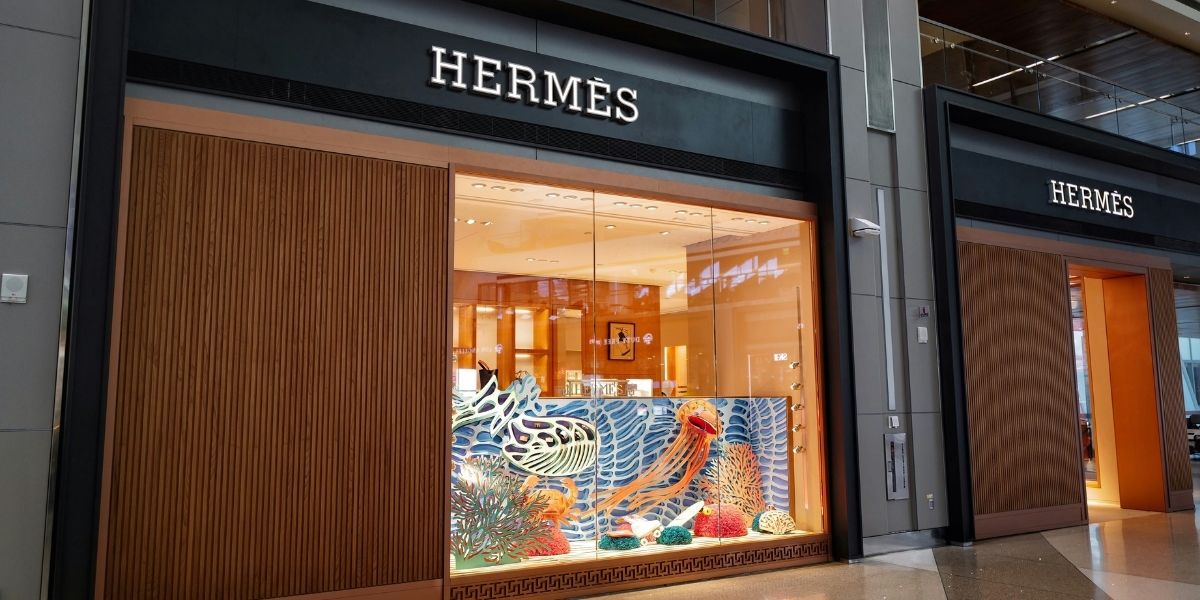How Has K-Pop’s Choreography Evolved Over Time?
K-Pop, short for Korean pop music, has grown into a global cultural powerhouse, and one of its standout features is the intricate and innovative choreography that accompanies nearly every performance. Since its rise in the 1990s, K-Pop choreography has continuously evolved, reflecting changes in musical style, technology, and cultural influences. Early K-Pop groups often incorporated synchronized dance moves influenced by Western pop and hip-hop, but over time, choreography has become more complex, dynamic, and experimental. This evolution mirrors the genre’s growing ambition to captivate diverse audiences around the world.
Initially, K-Pop choreography emphasized precision and synchronization, with groups executing sharp, uniform movements that showcased their unity and discipline. These early routines laid the foundation for K-Pop’s reputation for high-energy performances and exceptional stage presence. As the genre matured, choreographers began blending different dance styles such as contemporary, jazz, and even street dance, creating routines that were not only visually impressive but also emotionally expressive. This blending of styles helped K-Pop distinguish itself from other music genres, turning dance into a storytelling medium that complements the music’s themes.
Read Also: Exploring the Evolution of Dance Through the Years
Technological advancements have also played a critical role in the choreographic evolution of K-Pop. High-definition video, social media platforms, and digital editing allow choreographers and artists to experiment with angles, formations, and staging that reach global audiences instantly. This exposure pushes choreographers to innovate continuously, developing routines that are visually striking both on stage and through the lens of a camera. Additionally, fan engagement through platforms like YouTube and TikTok has made choreography a key element of K-Pop’s worldwide appeal, inspiring dance challenges and viral trends that further fuel creative growth.
What Role Does K-Pop Choreography Play in Shaping Global Dance Trends?
K-Pop choreography has become a major influence in global dance culture, inspiring dancers and artists far beyond South Korea’s borders. The genre’s emphasis on highly polished, visually captivating routines has raised the bar for dance performance standards worldwide. International choreographers, dance studios, and even mainstream pop artists increasingly study K-Pop dance techniques, incorporating elements into their own work. This cross-pollination signifies K-Pop’s role as a trendsetter, redefining what audiences expect from dance in popular music.
One of the ways K-Pop choreography shapes global trends is through its use of intricate formations and synchronized group movements. These features create a sense of unity and spectacle that appeals to large audiences and translates well in live and virtual performances. Moreover, K-Pop’s use of signature moves or “point choreography” —short, memorable sequences tied to the song’s theme—has become a global phenomenon. Fans worldwide learn these moves, creating a participatory culture where dance becomes a shared language between artists and audiences.
The accessibility of K-Pop choreography online also accelerates its global influence. Dance covers, tutorials, and fan recreations flood social media, allowing people everywhere to engage with and learn the routines. This digital democratization of dance knowledge breaks down barriers and encourages creative adaptation. As a result, K-Pop choreography does not remain static but evolves as it spreads, blending with local dance styles and inspiring new interpretations. This dynamic interaction enriches the global dance landscape, positioning K-Pop at the forefront of contemporary movement trends.
How Are K-Pop Choreographers Redefining Dance and Performance?
K-Pop choreographers are redefining the boundaries of dance by combining technical skill, creativity, and cultural storytelling in unprecedented ways. They often approach choreography not just as a series of steps but as a holistic performance art that integrates music, fashion, stage design, and narrative. This comprehensive vision demands dancers to excel not only in movement but also in expression, synchronization, and stamina. The result is performances that are immersive and emotionally resonant, elevating dance from mere entertainment to a form of artistic communication.
Innovation in K-Pop choreography also comes from the willingness to experiment with diverse dance genres and unconventional movements. Choreographers pull inspiration from ballet, martial arts, popping, locking, and contemporary dance, crafting routines that challenge traditional norms. This versatility allows K-Pop groups to constantly reinvent their image and performance style, keeping audiences engaged and surprised. The creative risk-taking inherent in this process pushes the evolution of dance itself, encouraging the global dance community to explore new possibilities.
Moreover, K-Pop choreographers are pioneers in using digital media to enhance dance performances. Techniques such as augmented reality, synchronized light shows, and multi-angle filming create layered experiences that transcend the physical stage. These innovations transform how audiences consume dance, blending live energy with virtual spectacle. Choreographers collaborate closely with visual artists and directors to craft performances that are optimized for both in-person concerts and online platforms. This synergy between choreography and technology sets new standards for performance artistry worldwide.
What Impact Does K-Pop Choreography Have on Fan Culture and Community?
K-Pop choreography plays a crucial role in building fan culture and fostering community engagement. Dance routines serve as a point of connection between artists and fans, who often learn and perform these moves themselves. This participatory element transforms passive viewers into active contributors, strengthening their bond with the music and the artists. Fan-made dance covers, flash mobs, and online challenges create shared experiences that transcend geographic and cultural boundaries, uniting diverse communities through movement.
The shared practice of K-Pop choreography encourages collaboration and creativity among fans. Dance studios worldwide offer classes specifically for K-Pop routines, and social media platforms buzz with tutorials and dance covers. This collective learning environment empowers fans to express themselves and connect with others who share their passion. The resulting sense of belonging is a significant part of K-Pop’s global success, where dance is more than performance—it’s a social activity that builds identity and community.
K-Pop’s choreographic influence extends into the digital sphere, where virtual fan interactions are common. Platforms like TikTok amplify the reach of K-Pop choreography, turning routines into viral sensations. This viral nature fuels fan enthusiasm and drives interest in new releases. The continuous cycle of creation, sharing, and reinterpretation of choreography strengthens the cultural impact of K-Pop, making it a living, evolving phenomenon shaped equally by artists and fans.
How Will K-Pop Choreography Continue to Shape Global Dance Trends?
Looking forward, K-Pop choreography is poised to remain a key driver in global dance innovation. As the genre expands and diversifies, choreographers will likely explore even more experimental forms, blending traditional Korean dance elements with global styles. Advances in technology will continue to influence choreography, allowing for immersive and interactive performances that engage audiences in novel ways. This ongoing evolution will reinforce K-Pop’s position as a leader in the dance world.
Read Also: Exploring the Rise of Mukbang and Its Global Appeal
K-Pop’s global fanbase ensures that its choreography will keep adapting to diverse cultural contexts. Local dancers and creators will reinterpret routines, blending them with indigenous styles and narratives. This cultural fusion enriches both K-Pop and global dance culture, fostering creativity and inclusivity. The openness to cross-cultural exchange signals a future where dance becomes a universal language, with K-Pop choreography as a prominent dialect.
The professionalization of K-Pop choreography will likely continue, with more formal training programs, international collaborations, and recognition within the broader dance community. As choreographers gain visibility and influence, their innovations will permeate beyond K-Pop into mainstream entertainment, education, and even therapy. The genre’s choreographic evolution thus represents not just a trend but a transformative force reshaping how dance is created, shared, and experienced worldwide.








